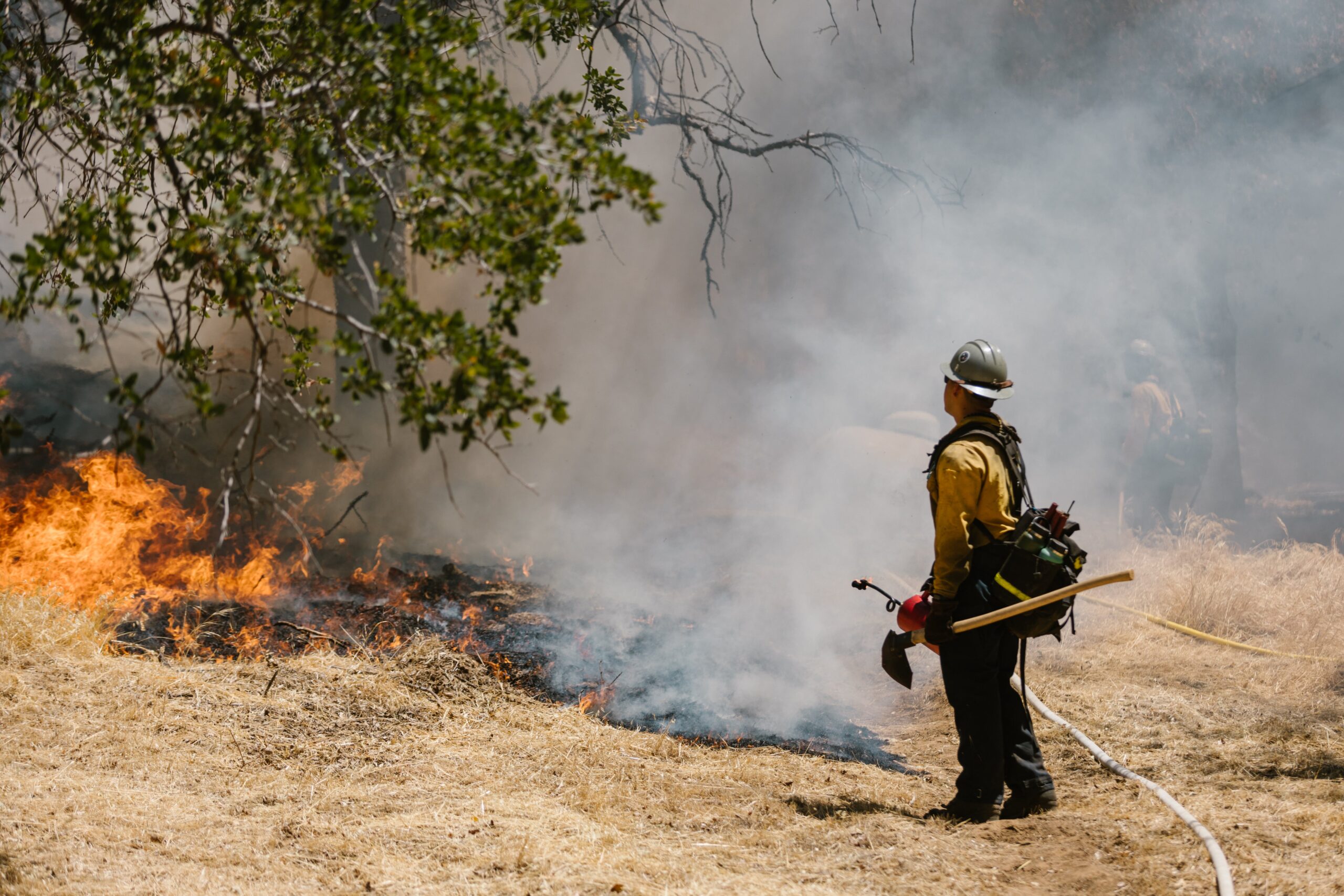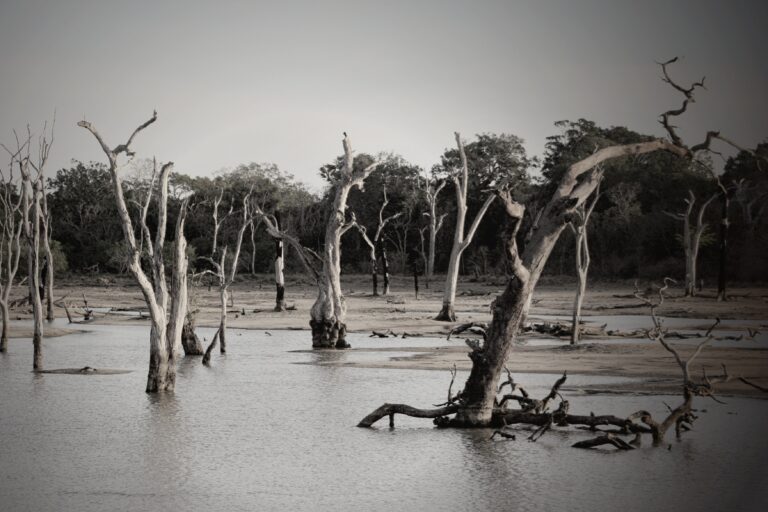Even In February, Wildfires Don’t Go Away

Wildfire season peaks in August across most of the US. However, to say there is a “season” for these disasters would not be entirely correct. According to the NOAA, In February 2023, 2,590 fires burned 50,765 acres in the US. A total of 55,500 wildfires burned 2.6 million acres during
Cities with bigger climate problems
Until recently, February’s wildfire activity could not be compared to what happens most summers. However, seasonality only applies when normal climate patterns are in place. According to the National Interagency Fire Center, “Wildfire occurrence across the majority of the Southern Area typically remains low in January, resulting from the coolest temperatures of the year and limited daylight. The main exception is across the Florida Peninsula and eastern Gulf Coast, where the probability for large fires begins to increase later in the month. “
Areas suffering from substantial drought shifted from the middle of last year to those unaffected in recent history. According to The Drought Monitor, there is no drought in California now, and though Arizona continues to suffer from severe drought, the most drought-plagued parts of the US are Mississippi, Louisiana, and Tennessee. Mississippi had some of the most active wildfires in its history in October. The AP described fire activity in late fall in Louisiana. “Louisiana’s excessive wildfire season is just one climate disaster in a summer of weather anomalies that have plagued the country…”
A study conducted by the Senate last year illustrates the economic devastation. “The total cost of wildfires in the United States is between $394 billion to $893 billion each year.” The wildfire risk occurrences are now spread throughout the year in many parts of the US.
As is the case with much of what climate change causes, what was once a normal weather pattern is no longer.






